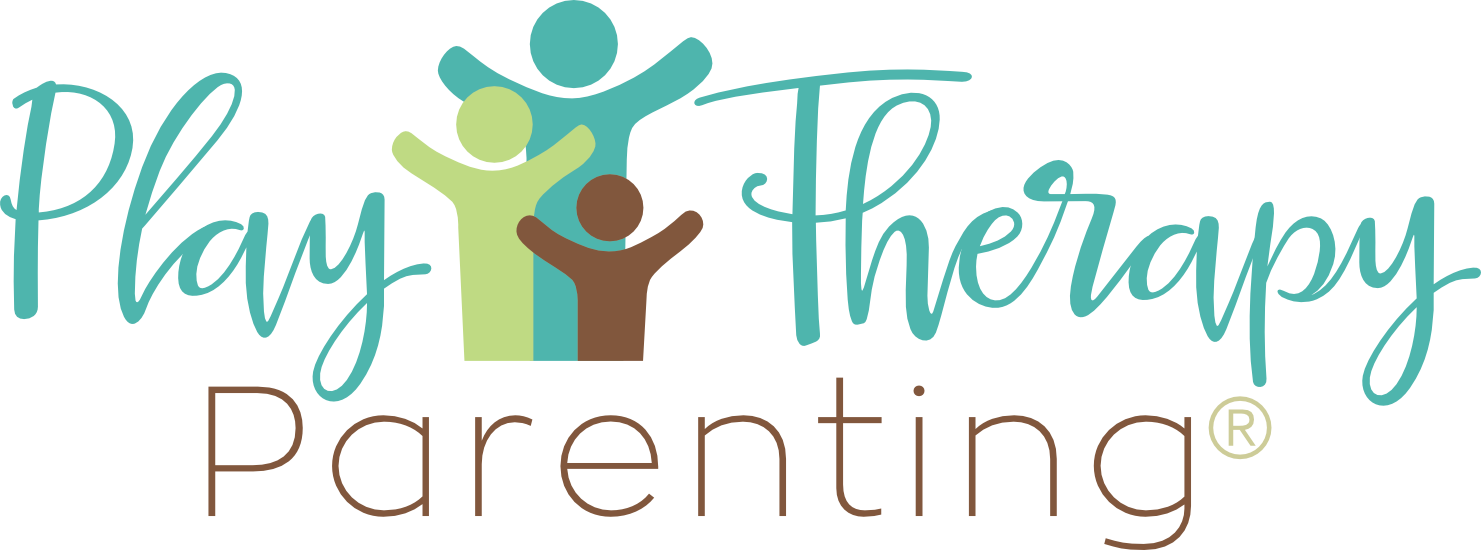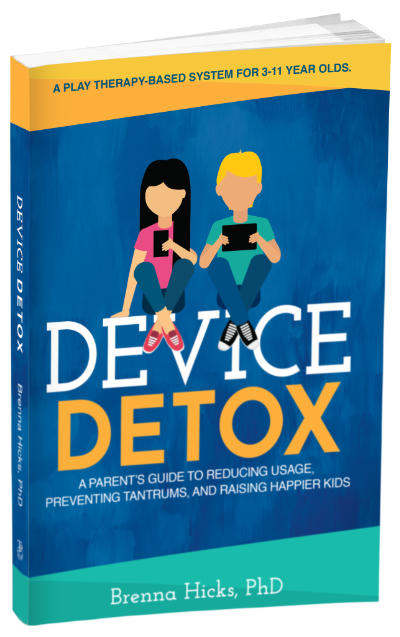S3E7 – Parent Companion for Play Therapy: How Symbolic and Thematic Play Reveal What Children Are Working Through (and Why Parents Should Understand It)
In this episode of the Parent Companion for Play Therapy series, I explain one of the most important parts of understanding what happens in the playroom — symbolic and thematic play. This episode helps parents make sense of how their child’s play reflects their experiences, emotions, and healing process.
I describe how children often “rewrite” their stories through play, working through fear, confusion, or past experiences in ways that help them feel more in control and confident. Understanding symbolic and thematic play is key for parents, because it reveals how meaningful play really is — and why it leads to lasting change in child-centered play therapy.
Ask Me Questions: Call (813) 812-5525, or email: [email protected]
My Book: Device Detox: A Parent’s Guide To Reducing Usage, Preventing Tantrums, And Raising Happier Kids – https://a.co/d/bThnKH9
Podcast HQ: https://www.playtherapyparenting.com/
My Newsletter Signup: https://www.playtherapyparenting.com/newsletter/
My Podcast Partner, Gabb Wireless: https://www.playtherapyparenting.com/gabb/
Parent Companion for Play Therapy: Understanding Symbolic and Thematic Play — What It Reveals and Why It Matters to Parents
In this Parent Companion for Play Therapy post, we’re exploring one of the most important parts of understanding what happens in the playroom — symbolic and thematic play.
If your child is in play therapy (or if you’re simply learning about it), this is one of the biggest keys to understanding how therapy works and why play is so meaningful. Symbolic and thematic play show us what children are working through, how they process their world, and how they move toward healing and growth.
Children Process Life Through Play
Children don’t talk their way through experiences the way adults do. They’re not rational, verbal, or cognitive — they feel their way through what they’re trying to make sense of. Play is how they do that.
When you pay close attention to how your child plays, you can often see their inner world being acted out right in front of you. This is true whether they’re in the playroom with a therapist or just playing at home.
Play is a child’s natural process for working through confusion, fear, stress, and change. What may look like simple play is often a powerful reflection of what they’re trying to understand.
What Is Symbolic Play?
Symbolic play happens when a child’s play represents something meaningful from their real life.
Not all play is symbolic — sometimes it’s just play for fun. But when a child recreates something that connects to their personal experiences, that’s symbolic. For example:
- A child who experienced a storm might build and destroy a block tower while talking about “a tornado.”
- A child who felt powerless might use superhero figures to regain control or “save the day.”
Children don’t consciously decide to work through these things. Their unconscious drives the play. They aren’t thinking, “I was scared, so I’m going to play out being scared.” They’re simply drawn to act out the feelings and experiences they need to process.
What Is Thematic Play?
When symbolic play repeats — within a session and across several sessions — it becomes thematic play.
A theme forms when a child’s play consistently revolves around a particular idea or struggle, such as:
- Power and control
- Fear and safety
- Nurturing and care
- Winning and losing
- Independence and connection
Thematic play shows that a child is working through something deeply rooted. Over time, as they repeat and reshape the theme, they gain mastery and balance.
For example, a child who feels powerless might play out being the “boss” or “leader” for several sessions. Eventually, they begin to share control, invite cooperation, or hand over authority — signs that they’re finding balance and internal regulation.
Why Repetition Matters
Children often replay the same scenes, stories, or struggles over and over. This isn’t random — it’s therapeutic repetition.
Repetition helps children desensitize themselves to emotional charge. Each time they revisit the scenario, it loses some of its intensity. They feel safer, less overwhelmed, and more capable. Through this process, they develop coping skills, problem-solving, and confidence.
Rewriting Their Story
One of the most powerful things children do in play therapy is rewrite their story.
When a child experiences something frightening, confusing, or painful, they may not have been able to control the outcome. Through symbolic and thematic play, they create a new version of events where they have agency, competence, and closure.
For example, a child who was in a car accident may replay that event many times in the playroom. Over time, the details shift — maybe this time, the car doesn’t crash. Or the child becomes the helper who arrives to save others. In play, they change the ending.
It doesn’t rewrite what happened in real life, but it rewires how they feel about it. They leave the experience with more confidence, less fear, and greater emotional balance.
A Story from the Playroom
I once worked with a little girl who had been hospitalized as an infant after a serious medical crisis. She was too young to remember the experience consciously, but her body still carried the memory.
In play sessions, she began setting up a small bed with a figure lying in it. She used a toy lamppost and a string of Christmas lights to represent an IV tower and tubing. A witch figure stood beside the bed. Over time, that witch figure was replaced by a princess.
She was replaying her hospitalization — and eventually, she rewrote the story. The witch, representing a harsh nurse, became a princess — a caring, kind figure. That change showed her internal healing process.
This is symbolic and thematic play in action. It’s how children process what words can’t express.
Why Parents Need to Understand This
When parents understand symbolic and thematic play, they gain a new perspective on therapy — and on their child.
You’ll begin to see that play isn’t random. It’s meaningful, organized, and healing. You’ll also understand why therapists don’t interrupt, direct, or “fix” the play. The child is already doing the work.
This understanding helps you trust the process and stay patient through your child’s journey.
Final Thoughts
Symbolic and thematic play are at the heart of how child-centered play therapy works. Through play, children express what they can’t say, face what they fear, and reshape their story in ways that lead to healing and growth.
When you understand what’s happening beneath the surface, it changes the way you see your child’s play — and it deepens your trust in the process of therapy itself.

